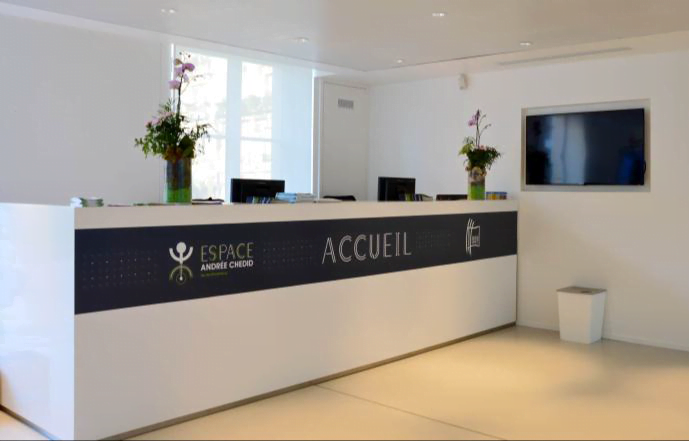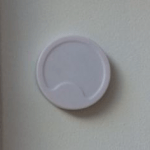Could a smartphone improve accessibility to public places for blind people?
This is the question raised by AudioSpot. They are working to find the right answer, and through an experiment taking place at Andrée Chedid Centre, at Issy-les-Moulineaux (Paris suburb). The application is available for both Android and iOS systems, and it was nominated for the 2015 Accessibility Trophy. Audible information is transferred to users in order to facilitate their entry into the building.
AudioSpot : smartphones may improve accessibility to public places

The main goal of the AudioSpot experiment, which is supposed to be finished in June, is to learn more about the needs of the elderly who uses this type of application. In other words, according to your specific location in the building, an audio message is directly sent to your smartphone and guides you through Andrée Chedid Centre.

- Outside the building – to contact the reception and to ask them to open the door
- Inside the building – to guide the user towards the reception, elevators, toilets, etc.
- Thanks to an interactive menu, the AudioSpot application also allows the users to consult all other services provided at Andrée Chedid Centre, and put them in touch with an adviser, if needed. Besides all that, they may consult the list of events and directly call the reservation service.
To make all of this possible, several beacons were installed in strategic places: entrance, hall, reception desk, elevators, toilets, rooms, etc. The application have to be installed on the user’s Smartphone. When the Smartphone gets connected to a beacon, the application sends an audio message, depending on the selected program (for blind people, for people in a wheelchair, etc).
The application can be downloaded on Google Store or Apple store.
Published by the Editorial Staff on
